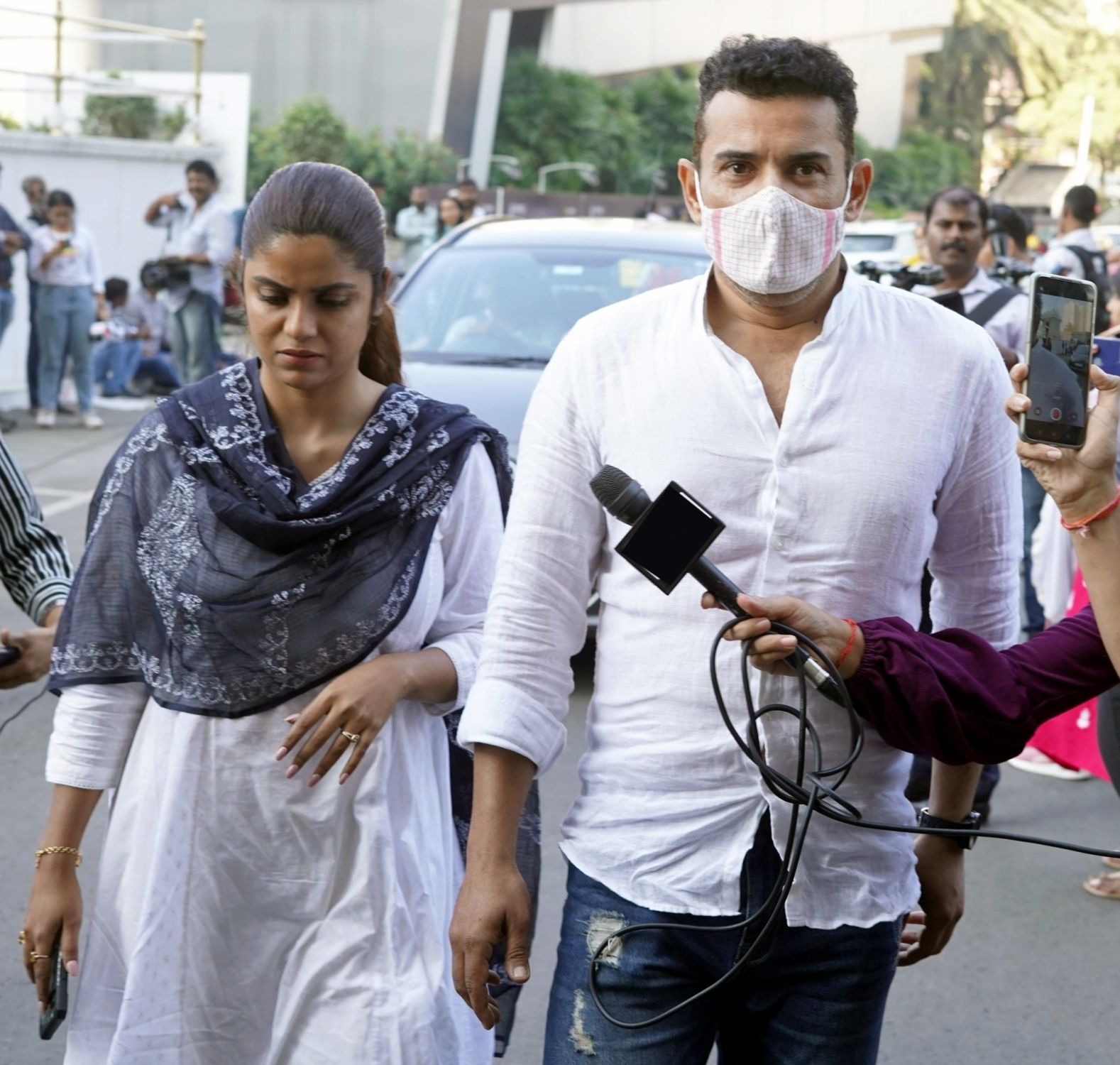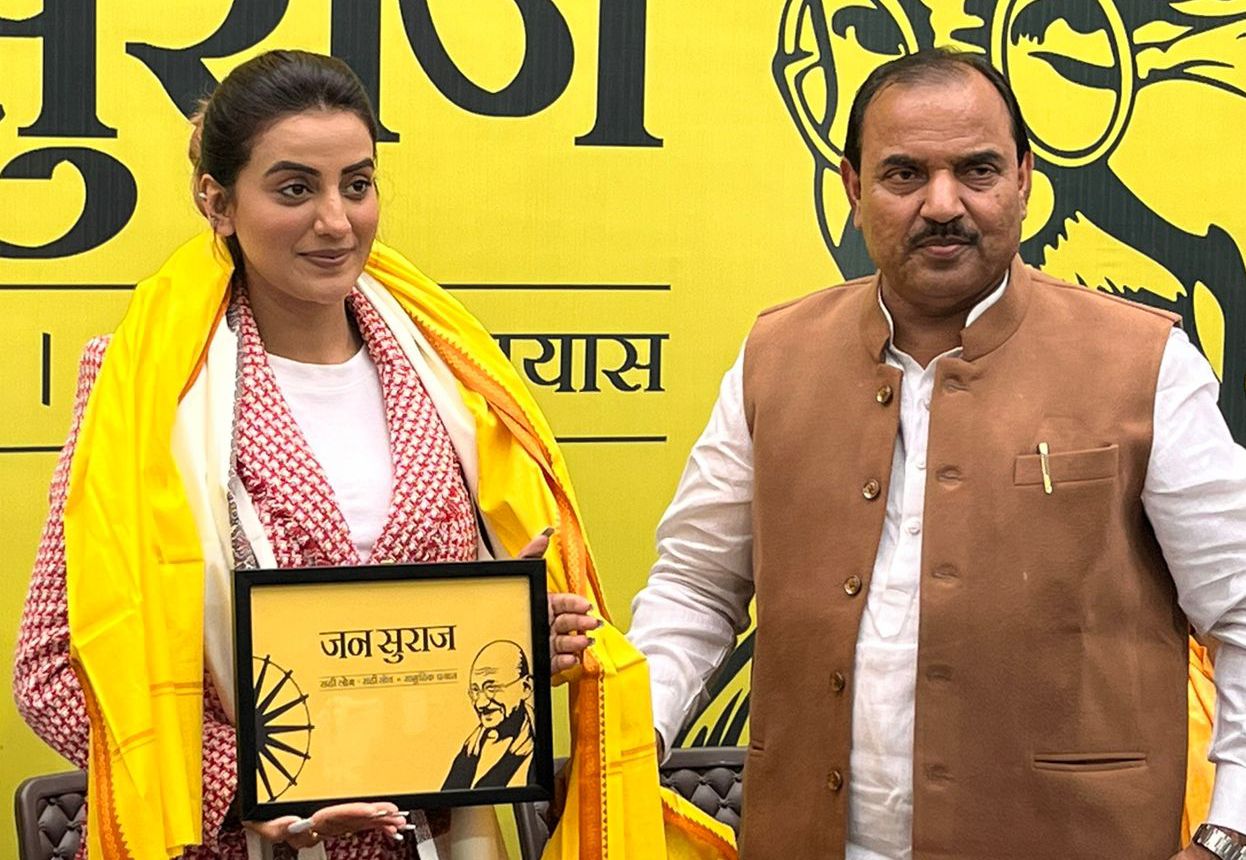|
New Delhi, Sep 12 (IANS) There've been guidebooks, bus tours, videos, pamphlets, walkabouts et al, but this 'Safarnama' app will "capture the way history in Delhi is actually held within and under the stones" in short bursts as you travel across the city.
"We wanted to capture the way history in Delhi is actually held within and under the stones - so much extraordinary heritage is embedded within small places and barely seen fragments," said Dr Debs Sutton, a Senior Lecturer in Modern South Asian History at the Lancaster University, who developed the app with the aid of a grant from its Arts and Humanities Research Council and in association with Centre for the Study of Developing Studies (CSDS) in the national capital.
"I wanted others to feel the energy of the city's fabric and heritage as I do. With that in mind we really thought about how technology could reanimate the city. There are so many stories to be told and so many sounds to hear - and the app provides the medium to do this. It's a new way of seeing the past - a fantastic philosophy," Sutton told IANS in an email interview from Lancaster.
Sutton lived in Delhi for five years and was captivated by the "energy and excitement" of the city when she studied for a PhD at the Jawaharlal Nehru University.
The app contains images, texts, newspaper cuttings and audio recordings that tell the stories of Delhi in the years after the partition of the subcontinent that displaced millions of people and caused unparalleled violence. Delhi was transformed by this displacement.
Refugees were accommodated in monuments, mosques, temples and thousands of people opened their doors to offer shelter to those forced to leave their homes.
Refugee centres were opened to provide training and jobs to refugees and hundreds of new businesses were established across the city.
The app will enable users to hear these stories at the places they took place. As they near particular points of interest, travellers will receive a push notification. If they pass close enough - within a 'trigger zone' - their phone will automatically open the media associated with the place of interest.
How did this project come about?
"The work evolved from my historical research on the ways in which Delhi heritage has been animated by and integrated into the city of Delhi in the twentieth century. Despite the best efforts of the Imperial government to set monuments apart from the everyday life of the city, monuments were always animated by all sorts of social (and often economic) occupation. This led me to think about the proliferation of physical heritage across the city. Notified monuments are only a small fraction of the extraordinarily rich and complex history of the city.
"Safarnama is an attempt to capture that variety and to allow new publics to engage with heritage. The app promotes that engagement as part of everyday mobility, rather than as occasional visits to monuments," Sutton explained.
What did the development process involve?
"It was a long one! I was awarded funding by the Arts and Humanities Research Council in the UK to get together with others to think about the potential of digital heritage in complex and fast changing urban environments. We started out using a different software and about six months ago the software developer and I decided to start again and create a purpose-built authoring tool. This authoring tool and platform allows the creation and dissemination of different experiences.
"Other partners include INTACH Delhi, Hilal Ahmed at CSDS, the Centre for Community Knowledge at AUD (Ambedkar University Delhi) and the New Delhi-Berkley-based 1947 Partition Archive.
How were the monuments chosen?
"In all sorts of ways. I had been working on the occupation of mosques, mandirs and monuments by Partition refugees when I started thinking about the project. That is why I proposed the Partition City Delhi as the first, proof of concept digital heritage experience. Thereafter, we drew on a huge range of archives and scholarly publications," Sutton said.
What's next?
An Industrial Heritage Experience for Mumbai and an app for Karachi, Sutton concluded.
(Vishnu Makhijani can be reached at vishnu.makhijani@ians.in)
--IANS
vm/kr
Copyright and Disclaimer: All news and images appearing in our news section, search engines and social media are provided by IANS. If you face any issues related to the content/images, please contact our news service provider directly. We are not liable/responsible for any content/images related to the news service provider.
|









